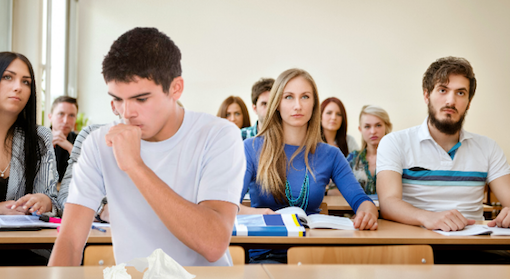Study estimates probability of getting infected with COVID-19 in indoor spaces
April 19, 2023 | Wednesday | News
Correlating the pathogen density exhaled by a SARS-Cov-2 infected person to its spread in the indoor space
image credit- shutterstock
Researchers from the Indian Institute of Technology, Delhi (IIT-D) have demonstrated a procedure for estimating the probability of infection of a healthy occupant when living in the same enclosed space as a COVID-19 infected person breathing out pathogens.
This is one of the first demonstrations of estimating the likelihood of infection from a purely fluid dynamics perspective and considers the role of many occupants that affects the pathogen's spread.
Despite sufficient indications of its culpability, there has been a lack of data to quantify the role played by the breathing-out of pathogens in the spread of SARS-CoV-2 since the beginning of the COVID-19 pandemic.
In this work, the researchers established the role of aerosol dispersion of the SARS-Cov-2 virus and similar airborne pathogens on the spread of the disease in indoor spaces. They performed realistic simulations of air flow in two representative IIT Delhi classrooms along with large number of occupants. The simulations were used to compute the dispersion of SARS-Cov-2, and to estimate the likelihood of infection faced by other occupants seated at various locations.
The simulations by the researchers show that the "one-metre distance rule" between the occupants can significantly reduce the risk of spreading infection by a high-emitter.
The study further found that higher ventilation rates and the proximity of the infected person to the inlet and exhaust vents play an important role in determining the spread of the pathogen. In the case of classrooms, a ventilation rate equivalent to 9 air changes per hour or more is recommended.










